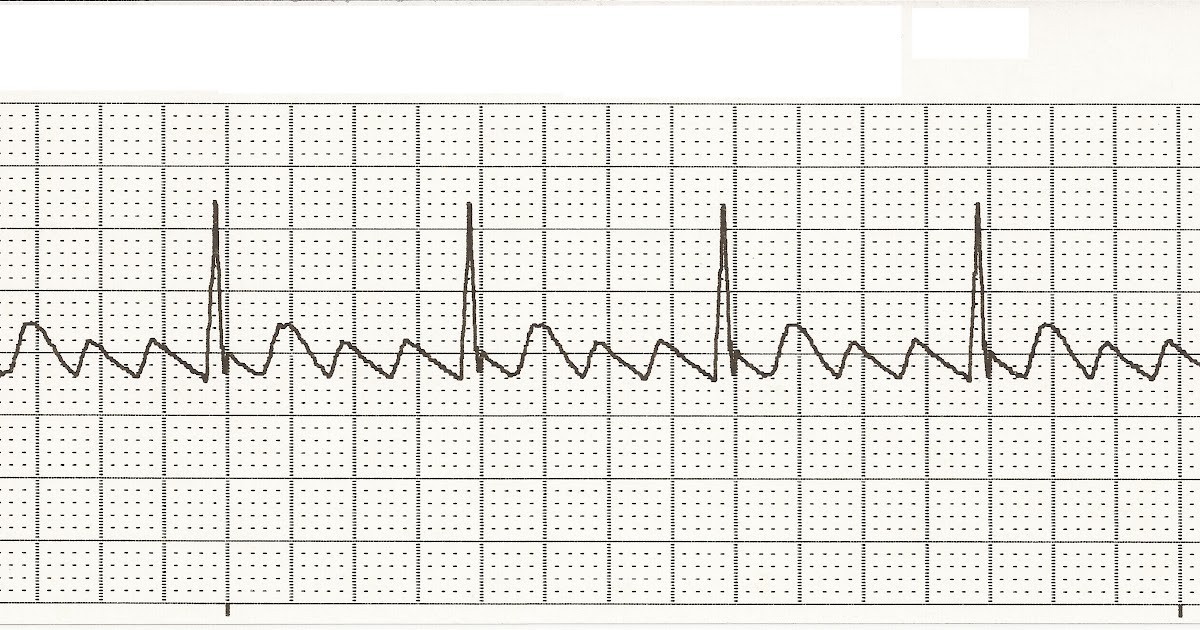

The AV node conducts the impulses in various ratios. Fortunately, the AV node is present to slow down and decrease the number of impulses that pass through to the ventricles. The QRS complexes are usually normal.Īlthough the atria can tolerate the extremely high heart rate reasonably well, the ventricles cannot. Atrial flutter is primarily recognized by this sawtooth baseline. The F waves affect the entire baseline to such a degree that there is no isoelectric line between the F waves, and the T wave is partially or completely obscured by the F waves. It is easier to count the number of F waves between QRS complexes if you put the tip of a pencil at the end of a QRS and count each downward “V” as an F wave, including the “V” going into the QRS complex. The sawtooth waveforms are called flutter waves (F waves). The atria respond to this rapid stimulation by producing V-shaped waveforms resembling the teeth of a saw. Interpretation: Atrial flutter with 4:1 atrioventricular (AV) conductionĪtrial flutter originates in an ectopic pacemaker in the atria, typically depolarizing at a rate between 250 and 400 beats/minute (the average rate is approximately 300 beats/minute). P waves: Four flutter waves before each QRS (marked in the “V” of the sawtooth waves) Note: If the ventricular rhythm is regular, multiply the number of flutter waves before each QRS by the ventricular rate to determine the atrial rate.

(Answers on next page) Name that strip: AnswersĪtrial: 272 beats/minute Ventricular: 68 beats/minute


 0 kommentar(er)
0 kommentar(er)
